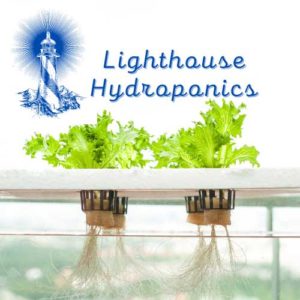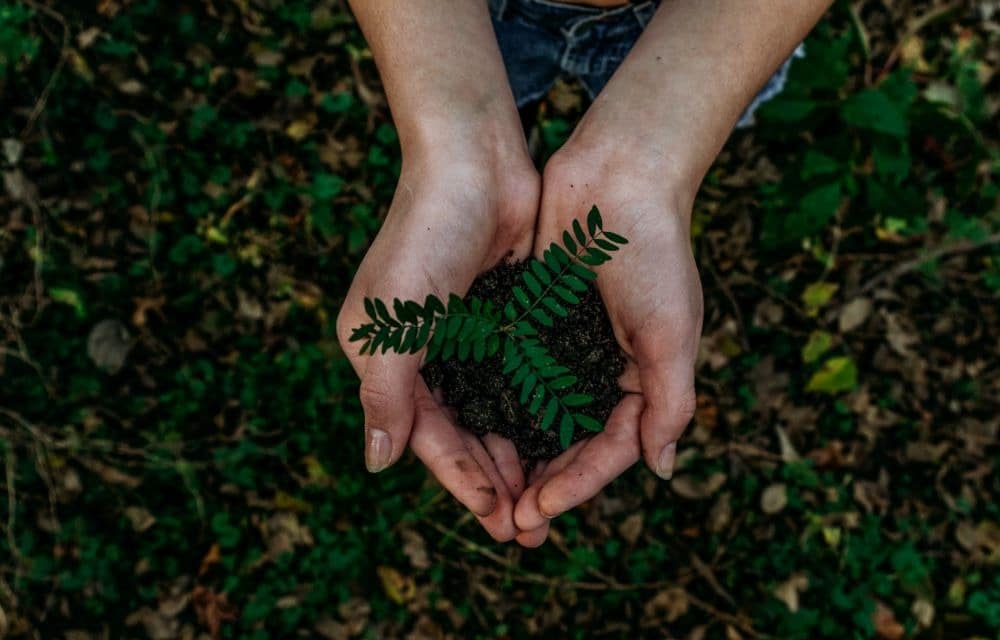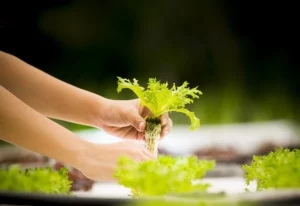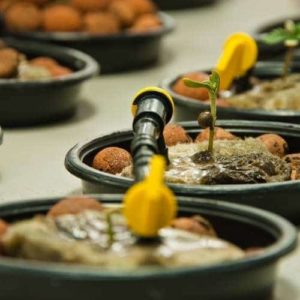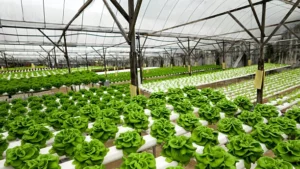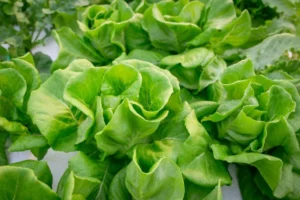Living in a city with limited space and resources can make growing your own food difficult. That’s where hydroponics comes in! Hydroponics is an environmentally-friendly way of growing plants without soil. It’s also a much more sustainable option than traditional gardening, because it requires very little maintenance and doesn’t depend on the weather to grow.
If you’re looking to increase your knowledge when it comes to gardening and home maintenance, then read on for the inside scoop. This article will discuss everything you need to know about hydroponics so that you can get started if you want to try it out yourself.
What Is Hydroponics?
Hydroponics is a type of agriculture where plants are grown in nutrient solutions that contain less than 10 percent of the water that’s typically required for traditional gardening. It uses artificial light, as well as mineral and chemical nutrients, and has a low environmental impact because it doesn’t require soil. Plants will use their roots to get water and nutrients from the solution.
If you want to try hydroponics, there are several ways you can do it at home. You could set up a greenhouse or grow tent, use a hydroponic garden setup or an aeroponic garden setup. The latter is used in vertical farming to grow crops indoors and is controlled by air flow rather than gravity. Horizontal hydroponics gardens are usually grown using a tray system containing growing medium such as perlite or vermiculite on top of plastic trays with holes, which hold the plant’s roots in place without any water circulation below them.
How Does Hydroponics Work?
Hydroponics is a method of growing plants without soil. Hydroponic plants are grown in nutrient-rich liquid solutions that need to be changed periodically. They are watered by dripping or misting the solution over their roots, making hydroponics a more environmentally-friendly way to grow plants than traditional gardening methods.
Benefits of Hydroponics
The benefits of hydroponics are many. First, hydroponic plants grow quickly and require little care. Second, hydroponic gardening is easier on the environment, as it doesn’t require any soil or sunlight. Third, hydroponics can be done in a smaller space than traditional gardening practices. For example, if you have a small apartment with limited space for gardening, you can still grow some vegetables using hydroponics!
Finally, the cost of hydroponics is lower than traditional practices like gardening. You can incorporate these methods into your other household activities and save an average of 40 percent on your grocery costs!
Drawbacks of Hydroponics
One of the drawbacks of hydroponics is that it has a high cost. Some people even say that because of the high cost, it’s not an ideal choice for people living on a budget. With hydroponics, you’ll spend more money upfront but invest much less money in maintenance costs.
Another drawback is that if you are not experienced in gardening or hydroponics, it may take a little while to get started. To grow your plants without soil, there are a lot of components that need to be assembled and set up properly in order to get the best results possible.
How to Start with Hydroponics
To get started with hydroponics, you first need to know how it works. Growing plants in soil uses the natural resources of the earth, like water and nutrients. Hydroponic methods use only these resources that are created by man. The main components of hydroponics are water, soil, and nutrients. There are also other materials that are used such as plastics, metals, and stones which have different functions depending on their application.
When you grow your plants using hydroponics, you’ll need to provide all the water your plants will need for a period of time that ranges between weeks to months depending on the type of plant being grown. This is one of the biggest differences between hydroponic and traditional gardening. With traditional gardening methods, your plants may not get enough water because it rains or there aren’t enough hours in the day for watering in certain climates.
Choosing a Starter Kit for Hydroponics
The first step to growing your own plants is choosing a starter kit. A hydroponics starter kit will typically come with the following:
1-2 pots (6-8″ in diameter)
1 seedling container
Plant nutrients
Growing medium
Hydroponic system water pump and tubing
Window gardening kit
Conclusion
Hydroponics is a method of growing plant foods without soil, water, or any other natural fertilizer. It is the practice of growing plants in a nutrient-rich, regulated medium: water, gravel, and/or soil. This practice originated over 50 years ago and has experienced exponential growth since then. Though it has had its share of setbacks and controversies, it has been a viable alternative to traditional farming practices.
FAQ’s
What is hydroponics?
Hydroponics is the process of growing plants in a nutrient-rich, water-based environment without soil. This is more sustainable because it uses less land, natural resources, and water than traditional soil-based gardening.
The benefits of hydroponics include:
1. Greater Plant Health: Hydroponic systems are much more effective at eliminating diseases and pests. Plants are regularly sprayed with the proper nutrients to stay healthy and happy.
2. High Nutrient Potency: Because there’s no soil to absorb nutrients from the roots, nutrients are better retained in hydroponic systems.
3. Smaller Footprint: Hydroponics uses a lot less space than traditional gardening methods due to the smaller crops and fewer plants required per square foot.
4. Increased Productivity: Hydroponics allows you to farm small spaces efficiently, which means you can produce more per square foot of space than in soil-based gardens.
What are the benefits of hydroponics?
Hydroponics is a plant cultivation system that uses water instead of soil as the primary plant nutritional medium. The advantage of hydroponics is that it requires less space, requires far less maintenance, and can ultimately save you money in the long run.
Hydroponics is also popular because it can produce yields that are comparable to conventional methods. However, hydroponics can produce yields that are up to ten times higher if used with bionic systems (cultivating inside a closed system).
Finally, hydroponics can provide your plants with a steady water supply and optimal pH levels, enabling them to grow at accelerated rates and achieve better yields.
What are the disadvantages of hydroponics?
Hydroponics is the use of water and hydro-nutrients, such as soluble plant food, to support plant growth in soil-less systems.
Advantages:
• Less expensive and less space intensive.
• High yield with little or no root development
• Low maintenance and disease free plants.
Disadvantages:
• Plants grown roots in a hydroponic system receive less nutrition, are more susceptible to pests and diseases than their soil counterparts. Gardens grown hydroponically require a deeper knowledge of plant nutrition and watering regimes to produce good yields. If you’re new to growing your own food this may be a hurdle.
